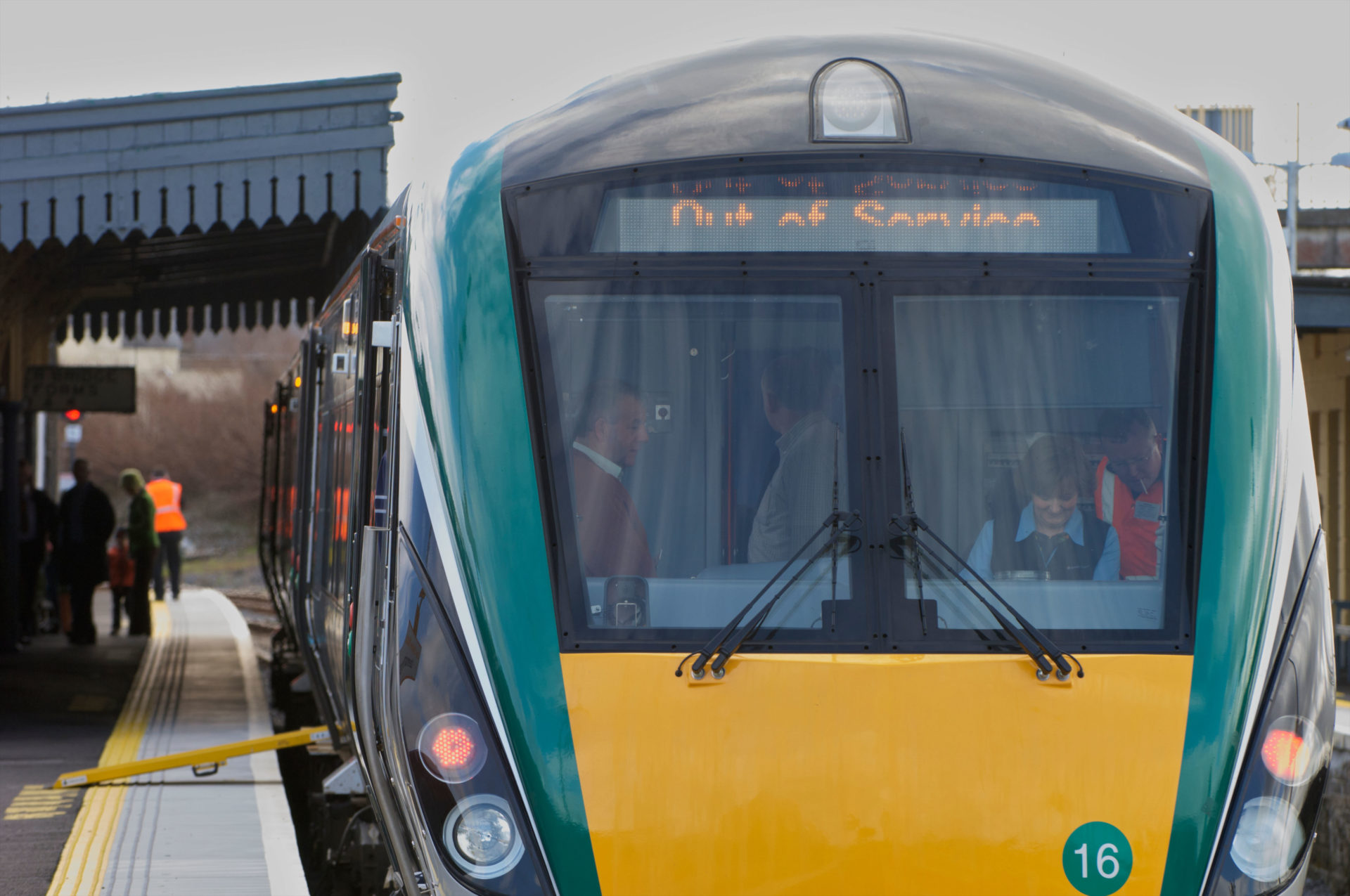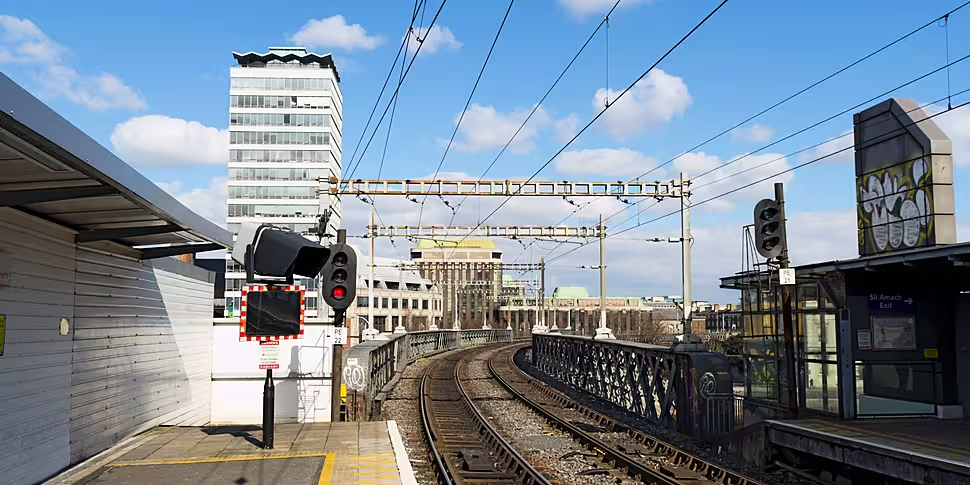The recommendations of the All-Island Strategic Railway Review are “very exciting”, Green TD Brian Leddin has said.
The report contains 30 recommendations that would be delivered over a 30 year period at a cost of €36.8 billion - 25% of which would be paid for by the Northern Ireland Executive.
Among the recommendations are a line linking Donegal and Derry to Dublin, as well as rail connections to airports in Dublin, Belfast and Shannon.
“It marks the reversal of the contraction of the rail system for the last 60 years,” Deputy Leddin told The Hard Shoulder.
“So, I think we’re going forward now in the next couple of decades; it’s a very exciting time, a new era for rail.”
 Security staff walk the platforms at Heuston Station, Dublin in November 2017. Picture by: PA Images/Alamy Stock Photo/Brian Lawless
Security staff walk the platforms at Heuston Station, Dublin in November 2017. Picture by: PA Images/Alamy Stock Photo/Brian LawlessDeputy Leddin described the line linking Ulster with the capital as particularly “significant”.
“Currently, the northern rail system and the southern rail are not very well connected,” he said.
“We’re looking at high speed as well - 200km per hour from Dublin as far as Portarlington.
“Double tracking - so double tracking Galway to Athenry will be an example, Limerick to Limerick Junction, Athlone to Portarlington as well, Kilkenny up to Kildare.
“A lot of that kind of stuff, there’s a huge amount of detail in the review.”
Deputy Leddin described the review as a long-term vision that will make rail travel a “viable option” for people across the island of Ireland.
“Some of it will be done in the next couple of years and more of it then will be more into the 2030s,” he said.
“But it’s something that Irish Rail can now follow, that this Government and successive Governments can follow as well.
“It won’t be done overnight and nobody can be under any illusions about that but it’s a very solid plan.”
 An Irish Rail train standing at the platform at Claremorris station in Co Mayo. Picture by: Keith Heneghan / Alamy Stock Photo
An Irish Rail train standing at the platform at Claremorris station in Co Mayo. Picture by: Keith Heneghan / Alamy Stock PhotoThe Government hopes to reduce the total distance driven by cars by 20% by 2030 and Deputy Leddin believes more railways will help them achieve this.
“They will use them because they’re going to offer an advantage over driving for a lot of people,” he said.
“The speeds are going to be increased, there’s going to be high-frequency between Dublin and the regional cities.
“Already people are choosing rail in record numbers because it does offer that advantage.”
Much of Ireland’s railways were shut in the 1950s and 1960s as the rise of the private car made them economically unviable.
Main image: A railway platform. Picture by: Alamy.com









